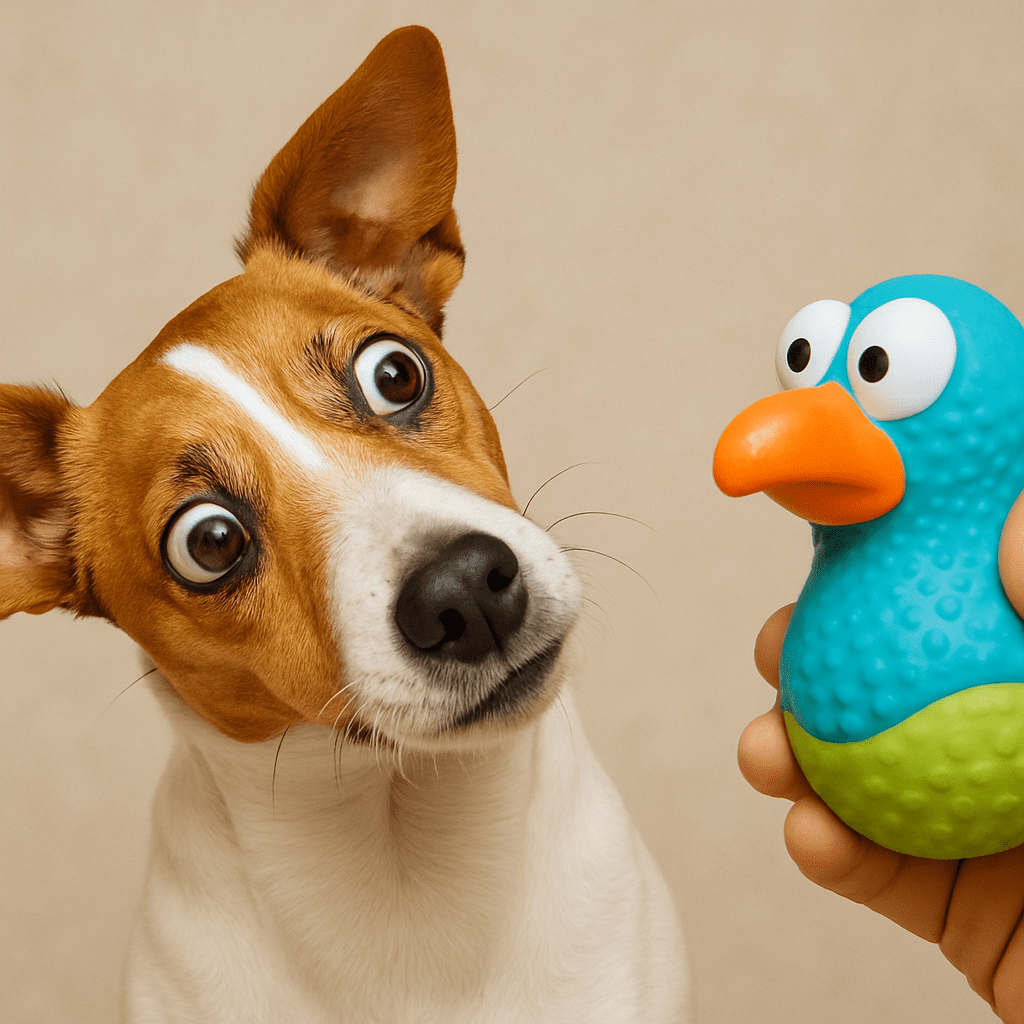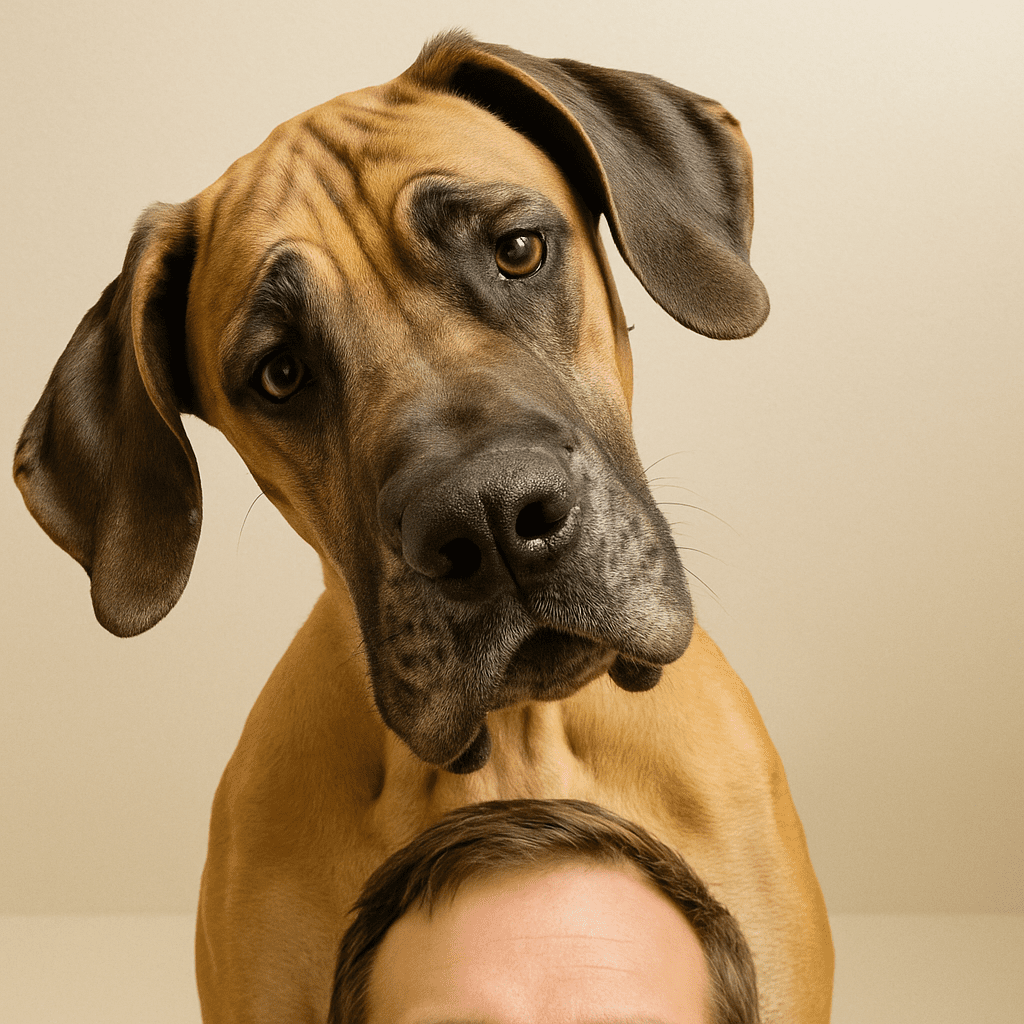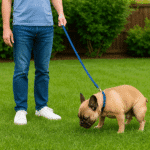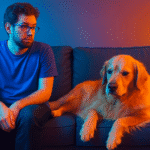The Adorable Dog Head Tilt: The Scientific Reasons Why Your Dog Does It
It’s a moment that can melt any dog owner’s heart. You ask a simple question, perhaps in a slightly higher-pitched voice: “Want to go for a… walk?” Or maybe you make a new, funny squeak with a toy. In response, your dog’s ears perk up, their eyes lock onto yours, and their head cocks to one side in a gesture of pure, unadulterated cuteness. The dog head tilt is one of the most iconic and beloved behaviors in the canine world. It’s so endearing that it has become a universal symbol of a curious and engaged pup.
But is it just for show? Is it a calculated move to extract more treats from their easily manipulated humans? Or is there a deeper, more scientific reason behind this adorable quirk? The truth, it seems, is a fascinating mix of anatomy, intelligence, and social awareness. Let’s explore the science and psychology behind the adorable head tilt and what it tells us about the inner workings of our dogs’ minds.
It’s All About a Better Listen: The Auditory Advantage
The most widely accepted theory behind the head tilt is that it’s all about acoustics. Dogs have incredible hearing, capable of picking up frequencies far beyond the range of the human ear. Part of this ability comes from their movable outer ears, called pinnae, which act like furry satellite dishes, swiveling to capture and funnel sound towards the ear canal.
However, their ability to judge the vertical location of a sound isn’t as precise as ours. By tilting their head, a dog physically repositions its ears, allowing its brain to better calculate the distance and location of an intriguing sound. They are, in effect, fine-tuning their reception to get a clearer audio picture. It’s their way of isolating a specific word—like the magical “t-r-e-a-t”—from the general jumble of human speech, and figuring out exactly where it came from.
A Room with a View: Clearing Their Line of Sight
Another compelling theory, proposed by researcher Stanley Coren, suggests the head tilt has as much to do with sight as it does with sound. A dog’s muzzle, while perfect for sniffing, creates a significant blind spot in the center of their vision. For many breeds, their nose obstructs their view of the lower part of a person’s face.
Since dogs are masters at reading our facial expressions and body language, getting a clear view of our mouth is crucial for communication. By tilting their head, they can effectively look around their own nose to get an unobstructed view of our expressions. It’s a simple adjustment that gives them a much better picture of the emotional cues we’re sending.
Try it yourself: Hold a fist up to your nose and try to look at something on the floor in front of you. You’ll have to move your head to see it clearly. That’s what your dog experiences every day!
A Sign of a Smart Pup? The Concentration Connection
Recent studies have added another fascinating layer to the head tilt mystery. One study found a significant correlation between how often a dog tilts its head and its vocabulary. “Gifted word learner” dogs—those that could identify dozens or even hundreds of their toys by name—tilted their heads far more frequently than typical dogs when hearing a command.
This suggests that the head tilt may be an outward sign of concentration and memory recall. When a dog hears a word they recognize, they might tilt their head as they access that memory and process the information. It’s a sign that their brain is hard at work, making connections. So, if you have a frequent head-tilter, you might just have a little genius on your hands!
The Social Factor: Using Cuteness to Their Advantage
We can’t ignore the most obvious factor: dogs are smart, and they know what works. What is our universal reaction when a dog tilts its head? We say “Awwww!”, our voices get soft, and we often follow up with praise, pats, or a treat. Dogs learn this cause-and-effect relationship very quickly through positive reinforcement.
They learn that this specific gesture elicits a positive, affectionate response from their favorite person. So, while the behavior may have started as an instinct to hear or see better, it is now heavily reinforced as a charming social tool. It may also be a sign of empathy—their way of showing us they are engaged in the conversation and trying their very best to understand what we’re saying.
When a Head Tilt Is a Red Flag: A Crucial Note on Wellness
It is absolutely critical to distinguish between the temporary, voluntary head tilt we’ve been discussing and a constant, involuntary one. A dog that is holding its head at a persistent tilt is showing a major sign of a medical problem that requires immediate veterinary attention.
A constant head tilt that doesn’t go away could be a symptom of:
- A Middle or Inner Ear Infection: This is the most common cause, as inflammation can disrupt their sense of balance.
- Vestibular Disease: Often called “old dog disease,” this is a sudden disruption of the vestibular system, which controls balance. It can cause a head tilt, dizziness, circling, and falling over.
- An Injury or Neurological Issue: In rarer cases, a head tilt can be a sign of a head injury or a more serious neurological problem.
If your dog’s head tilt is constant, or if it’s accompanied by loss of balance, walking in circles, stumbling, or rapid eye movements (nystagmus), please contact your veterinarian immediately.
Conclusion: A Sign of Connection
Whether your dog is repositioning its ears, trying to get a better look at your face, concentrating hard on a word, or simply knows that the gesture makes you melt, the head tilt is a beautiful thing. It’s a sign of a dog that is engaged, curious, and deeply connected to its human. It’s a moment of non-verbal communication where they are clearly telling you, “I’m listening. I’m trying to understand you.” And in the noisy, complicated human world, that effort is one of the greatest gifts they can give.






